If you have a successful e-commerce site, you know that conversions are the key to survival.
First, you need to build the traffic to your store. Then you need to convert that traffic into leads and sales.
After all, traffic is critical, but it doesn’t pay the bills.
Without conversions, your store won’t survive, no matter how many people are visiting.
Content marketing can increase your conversion rate by almost six times!
The average conversion rate with content marketing is 2.9%, compared to only 0.5% for sites not using it.
Why does content marketing improve conversions?
Content allows you to connect with your customers.
Customers crave connections. They want to feel engaged.
If you do a good job connecting, it will increase engagement and brand loyalty, which will boost conversions and increase sales.
Don’t worry if you’re not already using content marketing for your e-commerce store.
I’m going to show you 15 ways to get started.
1. Start by picking one form of content
Don’t waste time, money, and energy trying to tackle all forms of content across all platforms.
The quickest way to get started is to start with one thing.
One type of content. One platform.
Which one is best will depend on your product, service, niche market, and customer type.
However, if you’re at a loss, start with email content.
74% of the most successful B2C marketers are using email as their primary way of distributing content.
Why?
Because it works!
Email marketing continues to provide the highest return on investment.
Want to narrow down your focus even more?
Automated emails do better than manual. Automated welcome emails, promotion emails, and event emails are the most common forms of email content marketing.
Starting a new sale, campaign, or promotion?
A great way to drive traffic and boost sales is to email past customers to let them know.
After all, you know these people already like your product or service.
But what if you have no idea how to create automated email marketing campaigns?
To get started as soon as possible with content marketing, pick a medium you’re most comfortable with.
If that’s not email, that’s okay!
Do you know how to add a blog section to your e-commerce site and write blog posts?
Or, are you already used to making YouTube videos? Make more!
Have you been making audio clips for ages? Consider a podcast!
Pick whichever one you think you can get up and going the easiest. Below are examples of some content mediums used by B2C marketers.
Once you start seeing some success and you have a good handle on the one medium you chose, then you can branch out to others.
You can always repurpose a piece of content from one form to another platform.
For example, you could turn a blog post into a podcast or a YouTube video later on.
2. Build product or service guides for your customers
Choosing how to share your content is one decision. The other is deciding what to share.
A quick and easy way to start is to build guides for your customers.
Provide resources on how to use, assemble, or fix your products. Offer in-depth details about what services you offer.
Creating content for your customers that can provide information and answer questions is a great way to build trust.
It can also help move them through the purchasing funnel to the ready-to-buy phase. And it’s a good way to share information on product updates to keep customers.
Make sure you use these guides as a place to educate customers.
Don’t use guides as a place to sell!
Guides should be used to show your audience that you care about educating them and helping them make the best decisions.
And make sure you always include visuals.
Consumers want to see how things work and what they look like. They want to be able to visualize how to use and care for products.
A great way to combine information and visuals into a guide is to create an infographic.
People love infographics.
If you create a great one, people will share it.
This will provide links back to you and help you increase your reach to new potential customers.
3. Create product or service videos to show your offerings
People are visually oriented. So it shouldn’t surprise you that my next suggestion is to use video.
There are lots of ways to use video marketing for your e-commerce site.
You can do short ad campaigns, in-depth webinars, online courses, or anything in between.
Make a viral ad campaign.
First, target a length that matches your medium.
Then make sure your ad campaign has a hook. If you want it to go viral, it needs to be catchy and stand out from the rest.
A perfect example is Metro Trains’ Dumb Ways to Die videos.
Their catch?
Illustrating dumb ways to die, other than falling off a train platform or walking in front of a train.
Here are some of the ideas they put in their videos:
- Hiding in a dryer
- Eating two-week old unrefrigerated food
- Sticking a fork in a toaster
They built in the underlying message that jumping out in front of an oncoming train is dumb. It’s so dumb that it’s right up there with selling your kidneys on the Internet.
The dark humor and the novel idea made their campaign take off.
Offer an online course.
Webinars and online courses are a great way to engage your audience and grow your e-commerce sales.
An interactive webinar is a great way to build engagement.
You can use it to interact with real people and still record it to offer later.
One option is WebinarJam. It’s incredibly simple to use.
Not sure you want to pay for it? Check out their free trial or try Google Hangouts, which is free.
Don’t want to interact with an audience?
You can also use a platform such as YouTube to create a teaching series.
Other places you can offer a course include:
4. Offer information ‘pamphlets’ such as size charts and FAQ sheets
Size charts aren’t only useful for clothes and shoes. They can be useful for all kinds of products such as tools, furniture, and large or bulky equipment.
Look at your product offering. Do you have anything that might cause a customer to ask one of the following questions?
- Will it fit in my car?
- Will I have space for that in my…? (Could be in their house, on their deck, in their office, on their toolbelt, or in any other relevant location.)
- Will I be able to comfortably fit in it or on it at my height or weight?
- Is it going to be too large for me to carry by myself?
Evo provides this size chart to help with choosing a snowboard online.
FAQ sheets are a great way to have a handy resource for commonly asked questions.
Do customers often call or comment about the same questions? Create a resource for them to find the answers themselves.
If you’re offering a product, think about questions such as the following:
- Do you deliver to my location?
- How much will shipping cost?
- How long does shipping take?
- What is your return policy?
- What if it breaks?
Providing a service? Consider these:
- Can I get a refund if I’m unhappy with the service?
- Is there a free trial period?
- Do you have a loyalty program or a discount if I sign up for a longer period?
- What is included in your service package?
- What’s the difference between your basic and premium packages?
You can revisit and update your FAQ sheet as new questions come up that you realize others may be wondering about as well.
Similar to a product or service guide, FAQ sheets help build trust with your customers.
5. Share customer stories
Sharing customer success stories is a no-brainer.
You’re showing potential customers that their peers love your product.
You’re also getting your customers to do the content creation for you.
It’s real, authentic, and cheap to produce.
You can share customer success stories about using your products or services.
Do you already have some great product reviews? Reach out to those customers and ask them to provide more information.
Try to find original or inspirational stories, and then request permission to share what you’ve learned.
You can also create competitions to encourage your customers to share stories, pictures, or videos that help promote your product.
A competition between fans is a great way to boost interaction and get people talking about you.
For example, Coca-Cola created the ‘Coke Games’ during the Winter Olympics.
They encouraged customers to share videos of themselves playing games such as Speed Sipping, Coke Curling, and Bottle Cap Hockey.
People could share their videos on Coke’s Facebook wall and be entered to win a prize.
Coca-Cola also captured user-generated content by adding customer names to their bottles and cans:
All over the world, people shared images of themselves with coke bottles that had their names on them.
This made others in their social networks want to find bottles with their names, too.
The campaign was so successful that it generated over 998 million impressions on Twitter, and all Coke had to do was create special labels.
6. Provide case studies that demonstrate how your product or service helps people
“Does it really work?”
This is probably one of the most common questions people ask before buying something.
To make it easier to convince potential customers, you can include case studies on your e-commerce website.
Make sure your case studies highlight how your products or services helped meet your customers’ needs.
When other people with the same needs read these studies, there’s a greater chance that they will also want to buy from you.
I’ve personally used case studies in my emails to increase my deal-closing ratio by 70%.
7. Build a glossary of terms, jargon, and acronyms specific to your industry or niche
Every industry always seems to have its own special language.
I often use terms such as SEO and ROI. You probably know what those mean.
But what about when you were first trying to understand how to compete online?
There will always be beginners in every field, trying to learn and grow.
Customers at the very beginning of your sales funnel (in the awareness stage), might just be learning about not just your company, but your entire industry.
Imagine you are a customer looking to buy your very first snowboard.
You check out one e-commerce site, and there’s a lot of talk about how well a board can butter, whether or not it has a stomp pad and if it’s a twin tip.
It all sounds fancy, but you have no idea what it is or if you need it on a snowboard.
Then you check out a competitor’s site. Every time they use a snowboard-specific term, it’s linked to a glossary they also have on their site.
Which company will have made a better impression?
Check out SaleHoo’s glossary of e-commerce, wholesaling, and drop shipping terms as a simple example of what you can offer.
8. Provide research studies or white papers as resources for customers who want to know more
Unlike case studies, research studies and white papers provide information about wider topics.
For example, a case study might cover how your specific product has helped customers.
A research study shows how that type of product helps customers.
If I provide details on how my email marketing program has grown my customers’ sales, that’s a case study.
If I provide lots of details on how email marketing increases company sales, that’s a research study. Of course, it needs to include lots of solid research across multiple companies to qualify.
Research studies are not company-specific.
However, offering them can still help customers choose you over the competition.
Why?
It builds trust. They will be more likely to see you as an expert in the field.
Plus, customers will like not having to switch from one website to another to get the information they need.
There’s plenty of publicly available data you can use to create research studies and white papers.
For example, this resource about working in New Zealand is offered by moving company quotation site MovingPros.
The great thing about high-quality, well-researched sources is that they tend to be re-shared, referenced, and linked to.
If you can build a reputation as a resource center for your niche, you will gain tons of backlinks from other sites referencing your content.
Bloggers, marketers, and journalists need to be able to find research constantly.
They’ll eagerly link to a reputable website that has taken the time to gather solid information.
Especially if it’s presented in an easy-to-read or visual format.
SmartInsights is a prime example of a well-known resource center.
They focus on a core area of expertise.
They also make research available to subscribers in multiple formats including downloadable guides, checklists, webinars and interactive tools.
Building a link-worthy content resource center takes time.
You’ll be curating the “best of the best” when it comes to content in your area of focus.
(More on curating later.)
How do you start building a resource center?
- Subscribe to industry-leading blogs in your niche.
- Search for trends from top research organizations like ComScore and Pew Research.
- Combine charts, infographics, survey findings and statistics that you find.
9. Share user tips, tricks, and hacks
Product hacks present interesting ways to use an item.
Inventive customers can come up with crazy new ideas for ways to use any item, even something as simple as a binder clip.
Giving your readers ideas for novel, original or interesting ways to use your product will help increase engagement.
Even people who have no intention of using the hacks may be enticed to buy your product just based on the hype created.
It can be an amusing experiment to find out about the many uses of a product.
These hacks for a basic coffee maker show you what I mean.
You can combine this with a customer contest to get the best of both worlds.
Host a contest asking customers to share their most innovative product hacks. Make sure they have to include pictures or videos and have them share their ‘contest entries’ on social media.
10. Build detailed checklists for your customers
If you’re offering a service, such as wedding planning, checklists are easy.
Create a checklist of everything they need to plan for, all the items they need to order, or all the suppliers they need to contract.
Selling a product? You can also create checklists!
Do you sell camping and outdoor equipment? Create checklists of what to pack for a hike or a camping trip.
Selling kitchen equipment? Provide cooking or shopping checklists.
Auto equipment provider? Make a list of what car owners should be checking for on a regular basis, or what they should have in their car’s emergency kit.
Here’s an ultimate travel packing checklist from Eagle Creek.
11. Gather and share curated content
People love roundup posts.
Just like with resource centers, you’re providing all the information they want in one convenient location.
It’s why sites like BuzzFeed do well:
They curate content produced by other people to create an even better piece of content.
Think about ways you can curate content to pull together ideas and add value to your customers.
Perhaps you could curate a list of top people in your industry:
Or you can build a list of the key statistics that you find on the web related to your niche.
This sort of content takes less time to create because you’re simply pulling together content that already exists.
All you need to do is attribute it to the original owners.
A popular form of content curation is sharing stories or emotional content tied to your industry, your mission, or a cause you support.
(Don’t get this confused with customer-specific stories.)
Content in 2018 will be heavily-focused on storytelling.
Try to choose one category of stories you can collect and share through your content, such as motivational stories.
You can try to find a cause, nonprofit, or movement you can align with that suits your business.
Then create content that promotes your commitment to the cause and spreads the word about their actions, progress, and mission.
12. Offer valuable personal data
Sharing personal data can help build trust with your customers and make them feel closer to you.
For example, share the story of how you built your company, or what you’ve overcome to make it successful.
Provide sneak peeks into your life or your business processes.
A picture of how you build your product can make customers more interested. They will appreciate your transparency and trust your quality.
Personal stories provide something unique for you to offer. It’s just like customer stories, except it’s yours or your businesses’, not the end users’ stories.
This can also be a faster, cheaper way to create content. You don’t have to compile research or findings as you would for case studies, research studies or curated content.
Personal stories help you build your brand and stand out from the competition.
Personal branding can have a huge impact on your sales.
13. Seek out guest bloggers to create content for you
Worried you don’t have the time or skillset to create your own content right away?
You can seek out others to do it for you!
One way is to offer opportunities for guests to blog on your site.
If you open up to guest bloggers, chances are you will have to reject 90% of the ones who pitch to you.
This will still leave you with 10% that are good posts by quality writers.
How do you find guest bloggers?
One way is to create a guest post page on your site. It will start showing up in search engines as writers seek new opportunities to guest post.
The other option is to proactively reach out to people you know are strong writers who may be open to guest posting.
You can do this by finding competitor websites that offer guest posts and seeing who has been blogging there.
If you’re asking for free guest posts, you need to tell them what’s in it for them.
How much traffic does your site generate? Will you give them a byline and link to their website?
Check out Boost Blog Traffic’s guest post guidelines.
Make sure you’re very clear on what your expectations are whenever outsourcing your content efforts.
If you publish content in a certain way (a typical length, style, etc.), let potential writers know that up front.
Also, let them know what you’re looking for in a pitch.
14. Pay others to create content for you
There are a couple of different ways to do this.
You can connect with influencers and get them to promote your e-commerce site through content they produce within their channels.
Or you can pay writers to produce content for you on your site or within your channels.
Influencers
Influencers are people who already have social standing with your target audience.
They have followers that you want as customers.
Think about who you know and who you want to know.
Make a list of people you could leverage to reach new audiences and grow your business.
Once you have that list completed, create a second list of dream partners that you’d love to work with at some point.
These people could be celebrities, industry influencers, and others that you admire.
Once you have your lists, start reaching out to people and making connections.
Make sure you have a good idea of how you’d like to partner with each person you reach out to.
You need to offer them something in exchange for promoting your product.
One way to do this is by offering sponsorship.
Do you know an influencer in your niche with a huge YouTube following?
Ask them if you can sponsor their next string of videos in exchange for them mentioning your business, or featuring a brief ad of your product.
The partnership needs to be beneficial to both of you, and needs not to be too ‘sales-like.’
For example, them taking a picture of themselves using your product in real life will likely work better than them being paid to provide a review.
Writers
The other option is to hire a writer or blogger.
One of the biggest mistakes with hiring a writer is choosing the cheapest you can find.
I see this all the time.
Why pay $300 for a post when someone will do it for $10, right?
Well, because I can guarantee you that a $10 article will be very low quality.
Usually, the writers won’t even know your industry well enough to be competent.
So, how can you find a good writer?
You have three options.
- Post an ad for a freelance writer on a job board (such as Craigslist or ProBlogger).
- Use a content provider such as UpWork.
- Contract an agency to take care of your content marketing.
15. Create promotions and advertisements
The quickest way to kill your content marketing is to do nothing after you create it.
Creating content is only part of content marketing.
The other half is promoting your content.
I saw this as a problem a long time ago, when I gave this advice to businesses: “Don’t forget the ‘marketing’ in content marketing.”
Content promotion is just as important as content creation.
There are three main channels you can use for advertising:
- Social media – You can set up paid ads on social media sites such as Facebook.
- Search engines – Google Adwords and Bing both offer PPC (pay per click) ads.
- Native ads – Pay sites to link to your content inside of their content (it usually doesn’t look like a typical ad).
You don’t need to use paid advertising to be successful.
However, it can be a fast way to get your content out there and working as soon as possible.
If you’re going to advertise, make sure that you pick the promotional channel that matches your target audience.
You also need to make sure the content type lines up with the channel.
Conclusion
There you have it. 15 ways to get started with creating content right away.
The first thing is just to start.
Pick a medium you’re comfortable with.
Then select a content type you feel is a great match for your business, skill set, ability, and audience.
Remember, I suggested the following options:
- Product guides
- Training videos
- Information pamphlets
- Customer stories
- Case studies
- A glossary of definitions
- Research studies
- User hacks
- Checklists
- Curated content of interest to your customers
- Personal stories
If you’re not comfortable beginning your content marketing on your own, you can seek out guest bloggers, influencers or paid writers to help you out.
Finally, you can use promotions and paid advertisements to boost your content marketing efforts and reach more people faster.
Once you’re in progress, there is a ton of information out there to help you expand your content marketing efforts and to help you improve.
Accept that it might not be perfect right away. Accept that you don’t know everything yet.
Start building. You will improve over time.
What type of content are you going to start creating today?

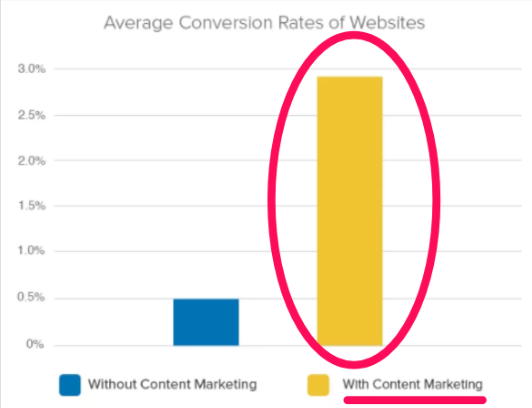
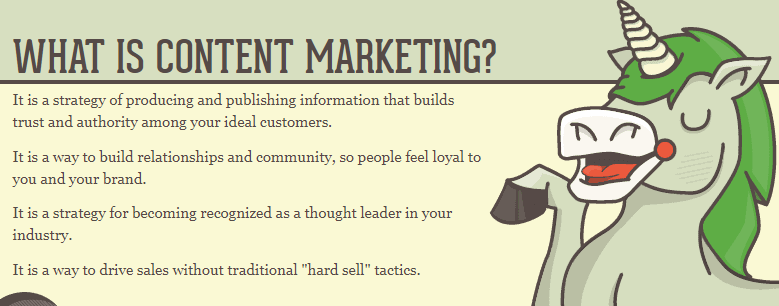
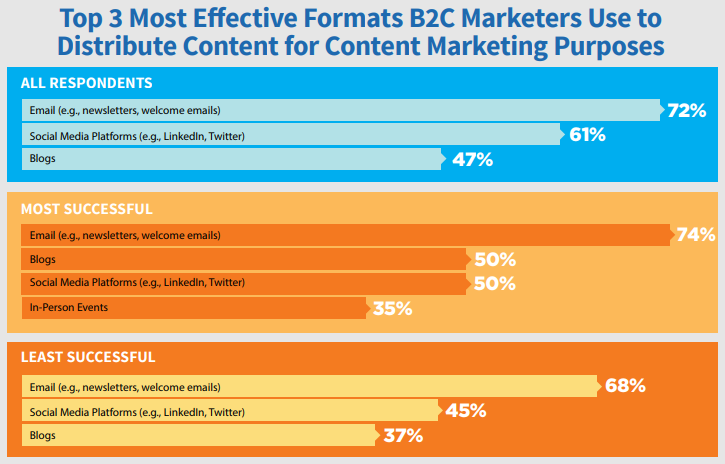
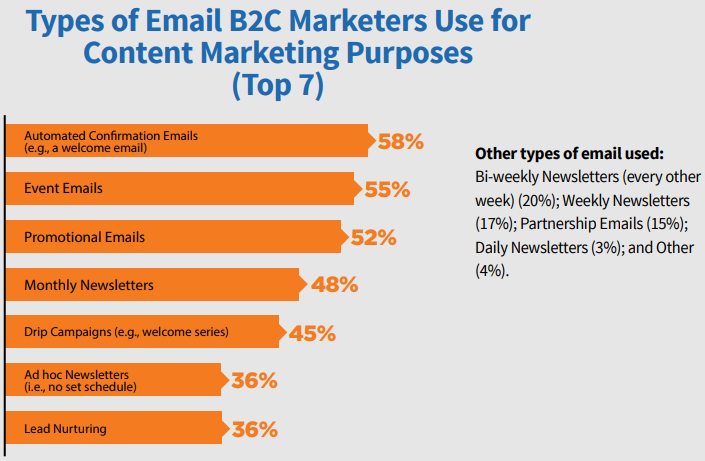
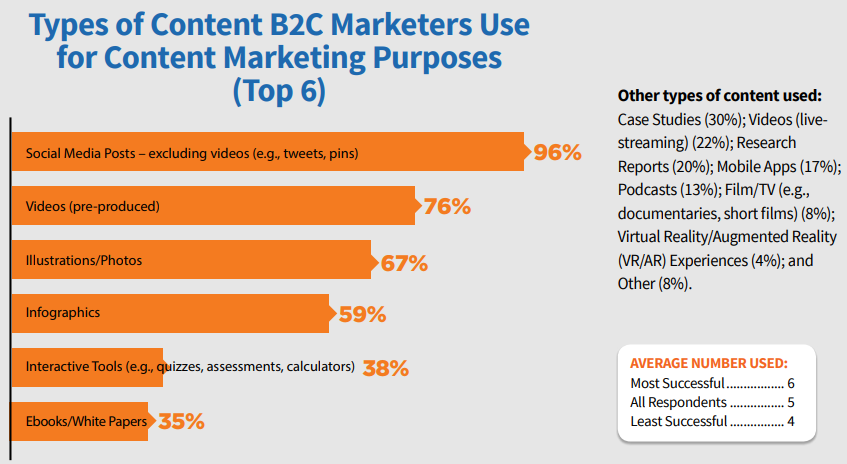
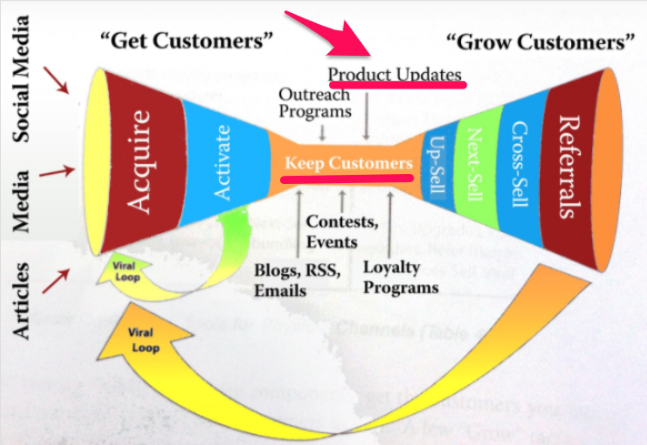

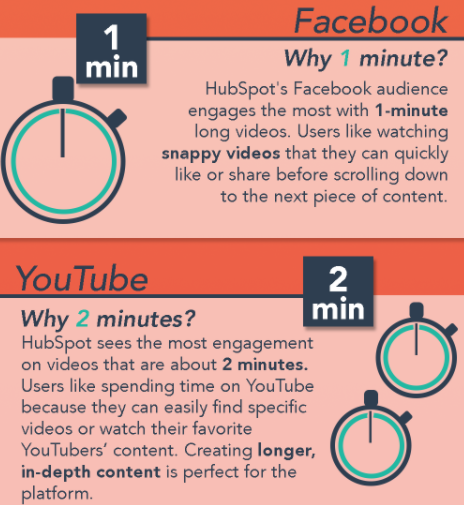
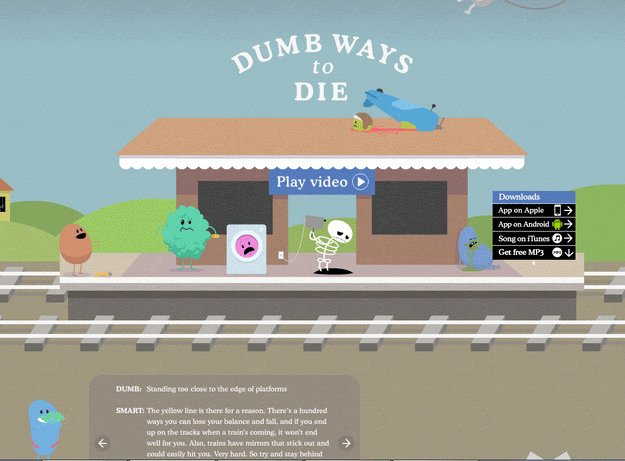
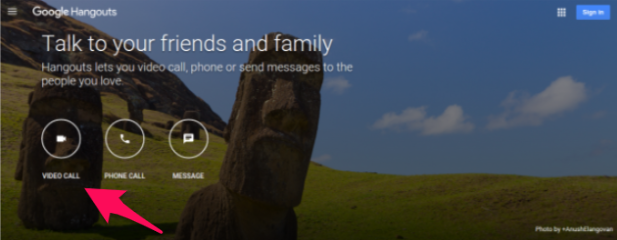
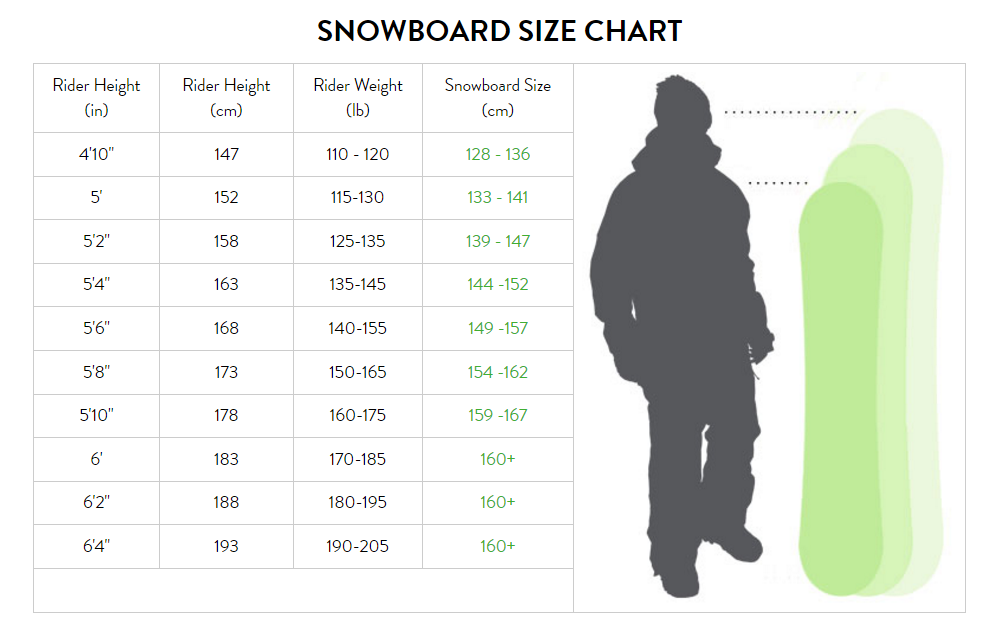

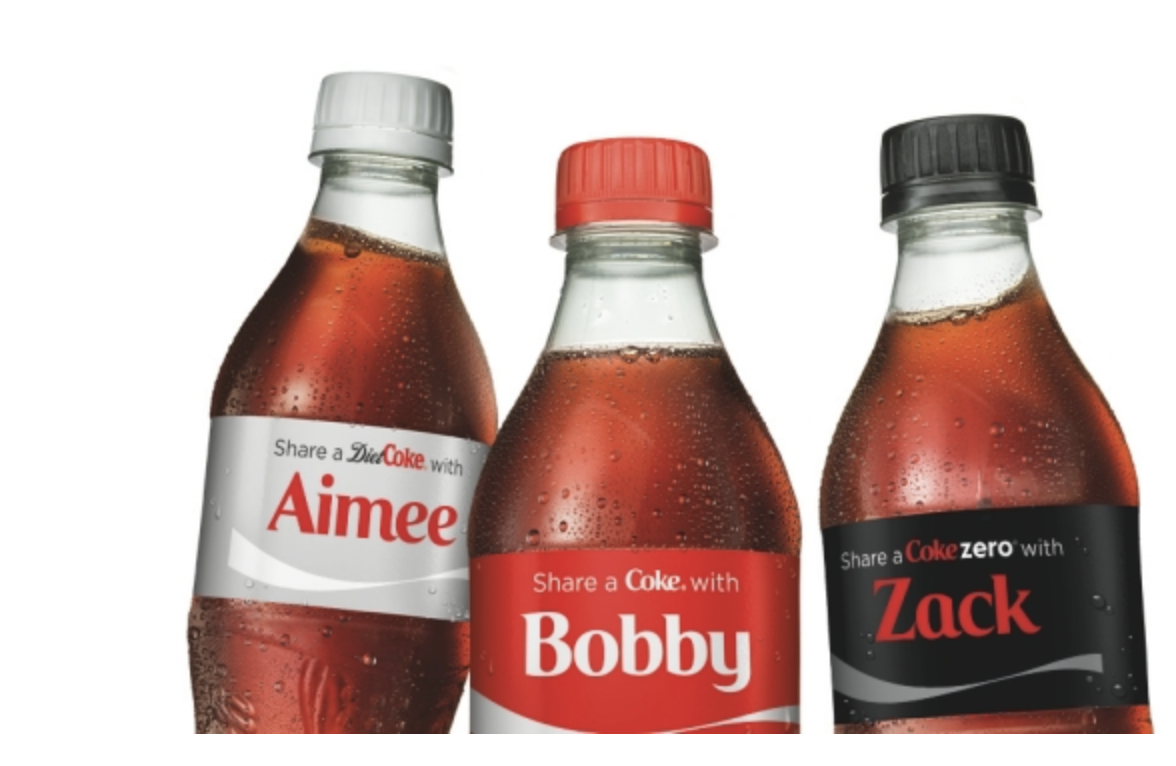


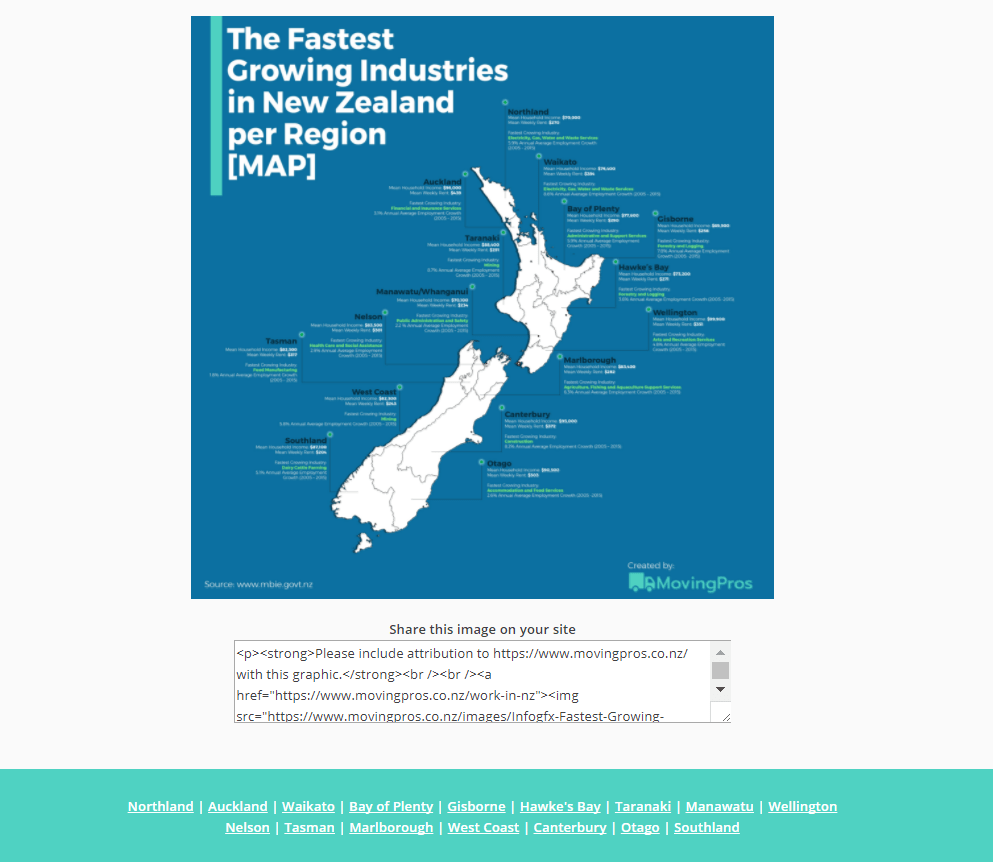

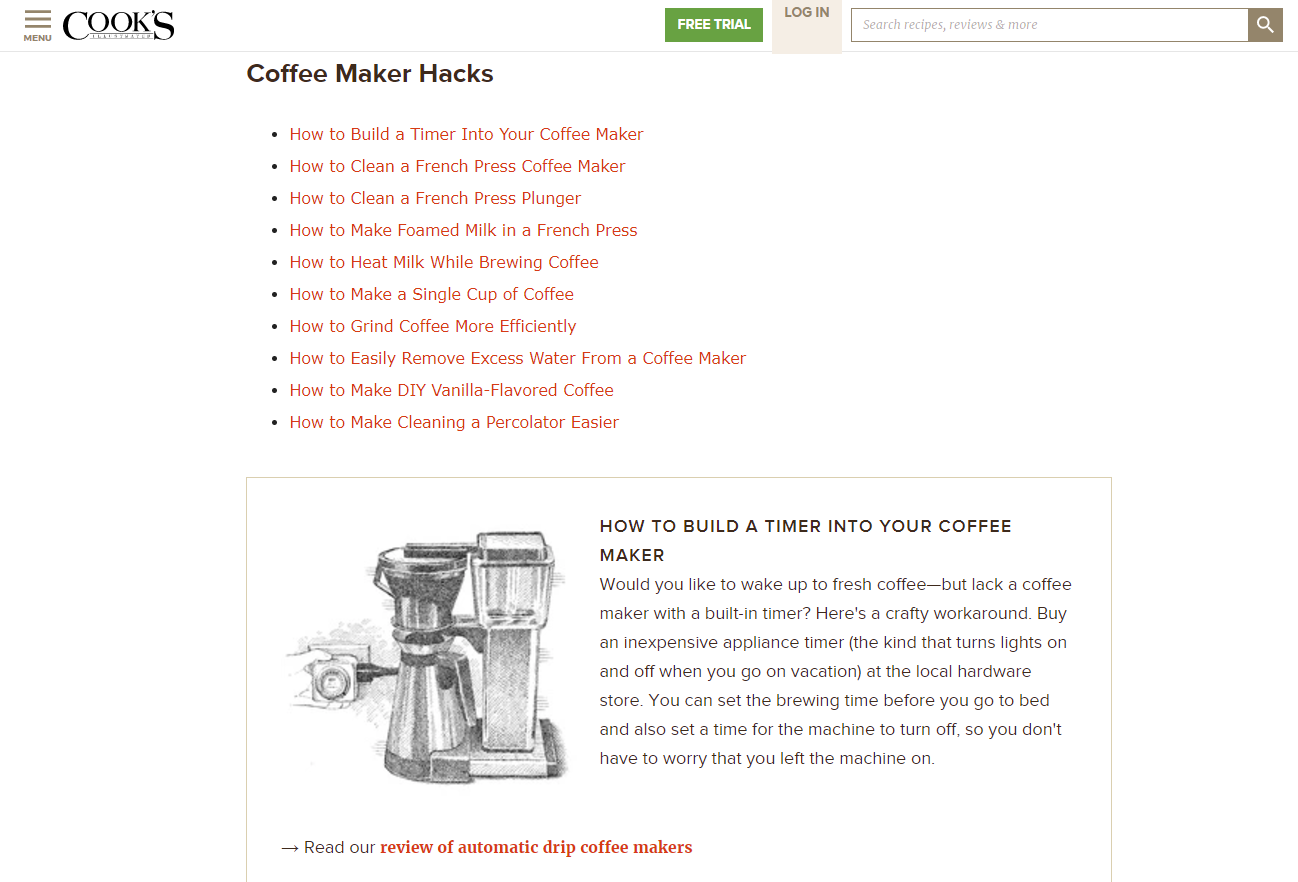
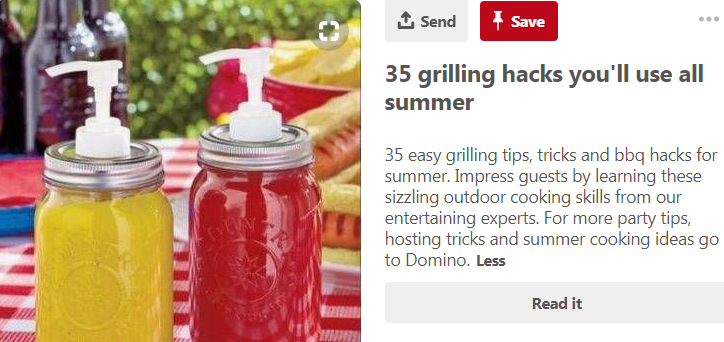
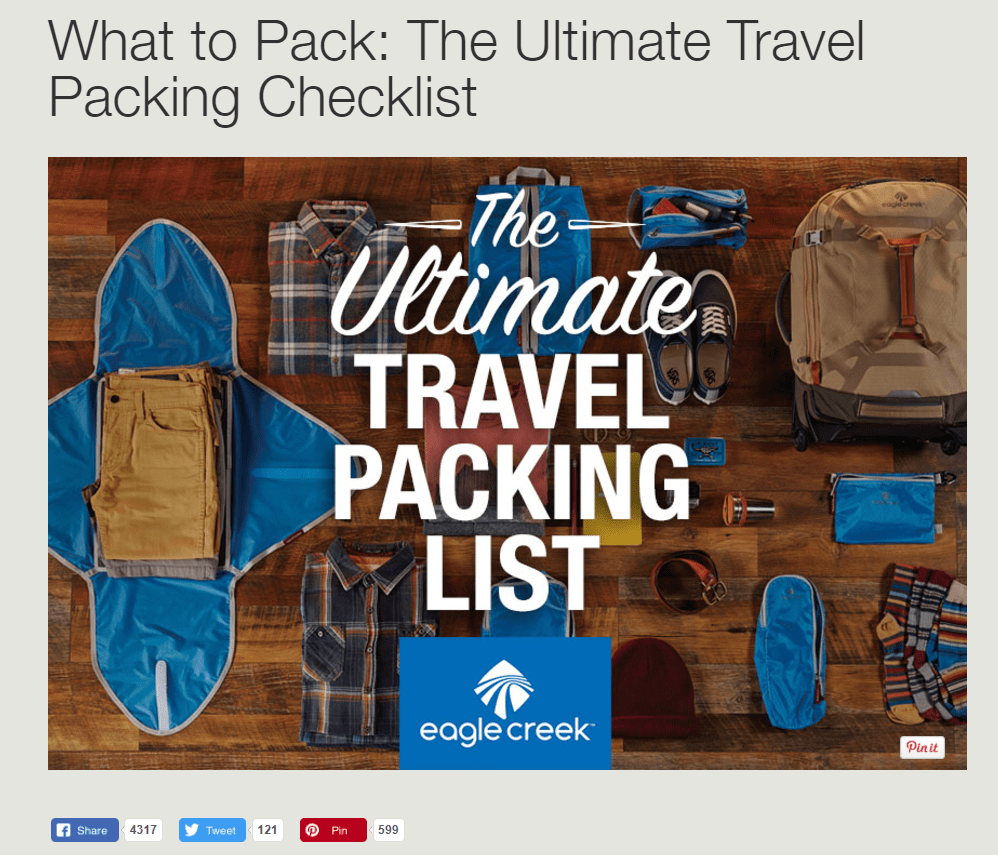



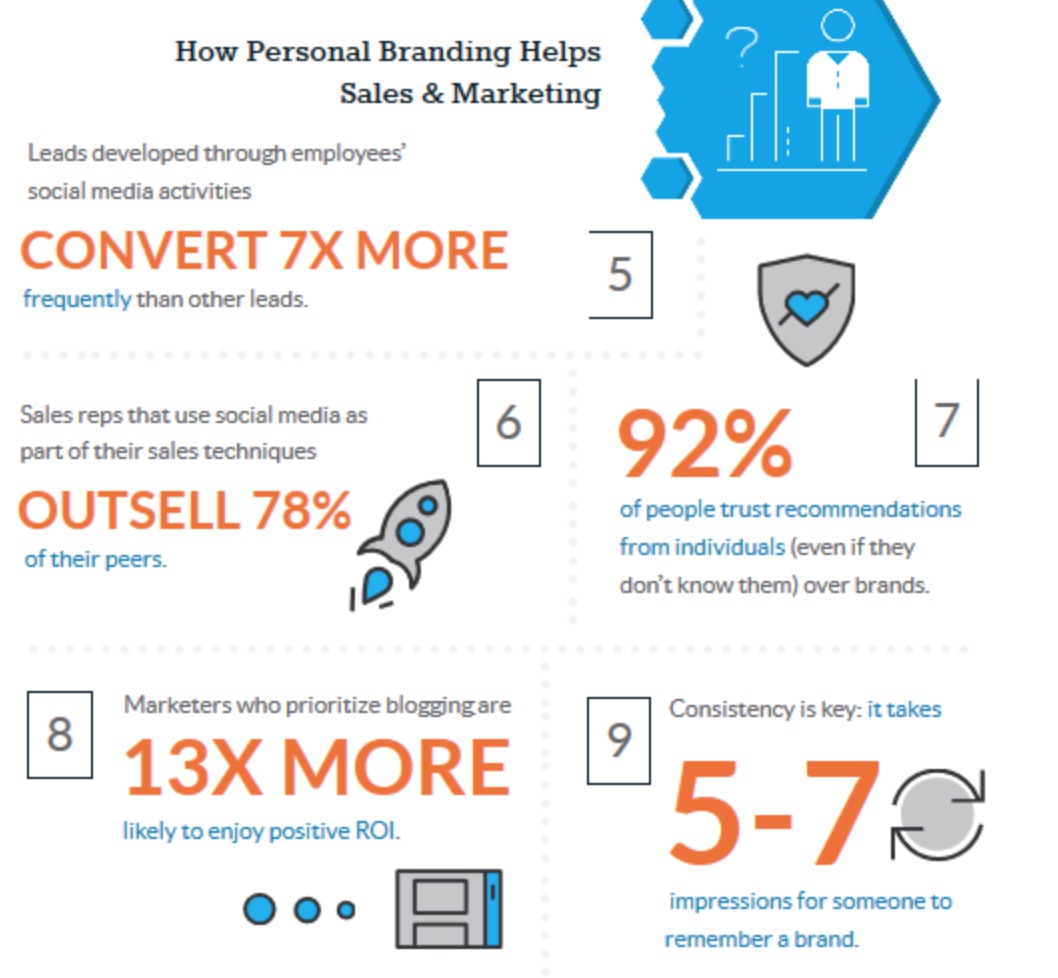
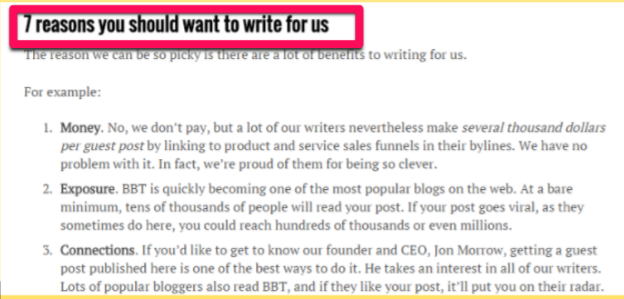
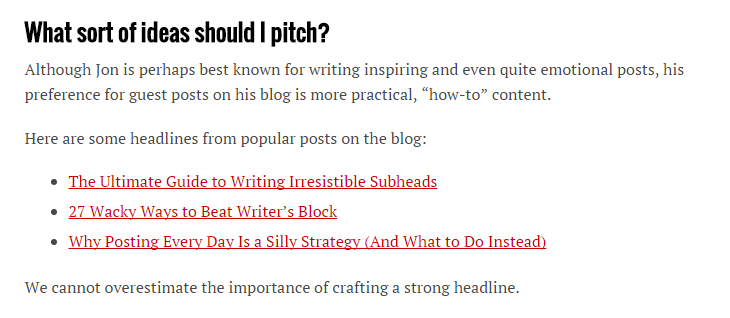

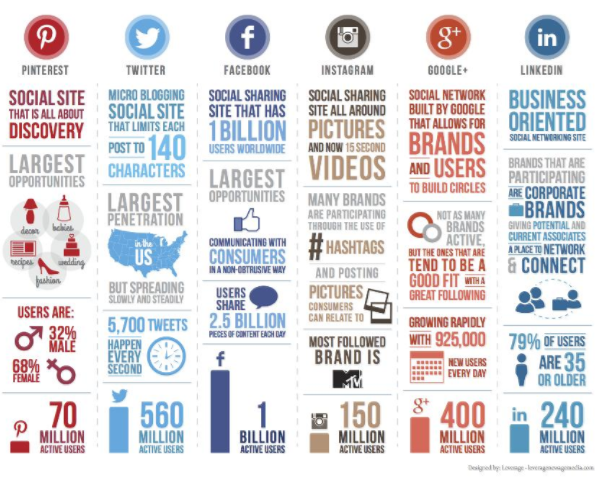
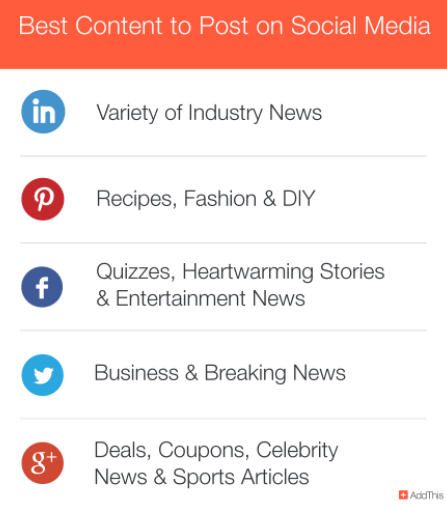
Comments (16)